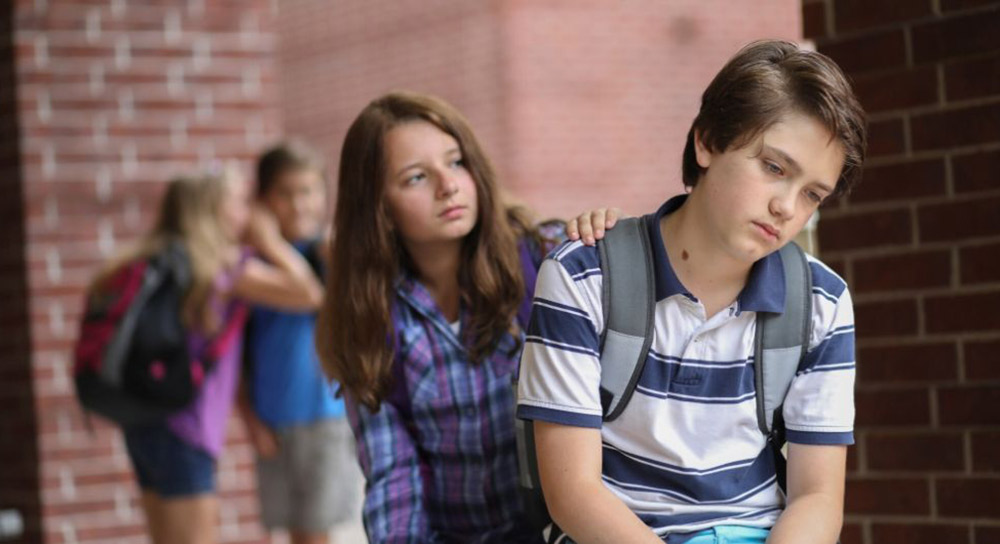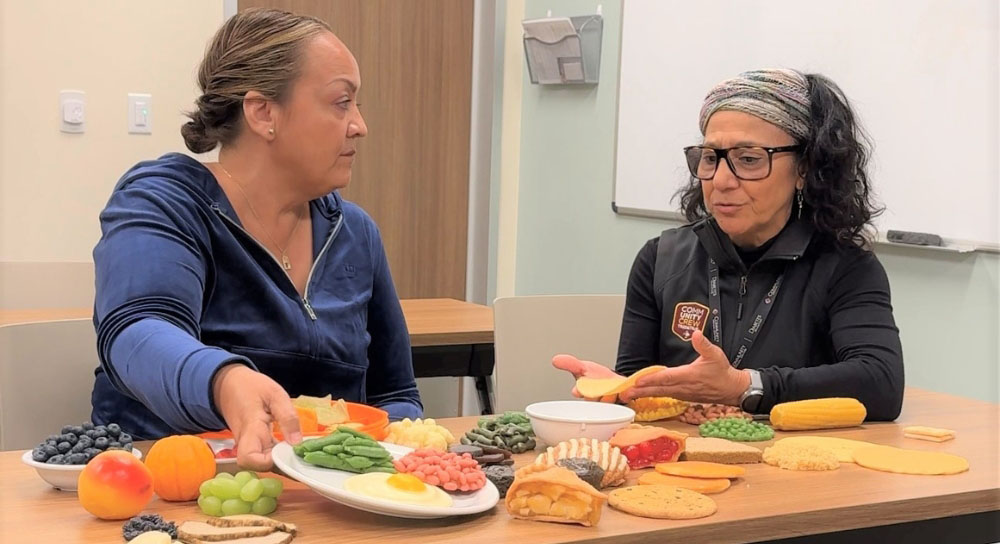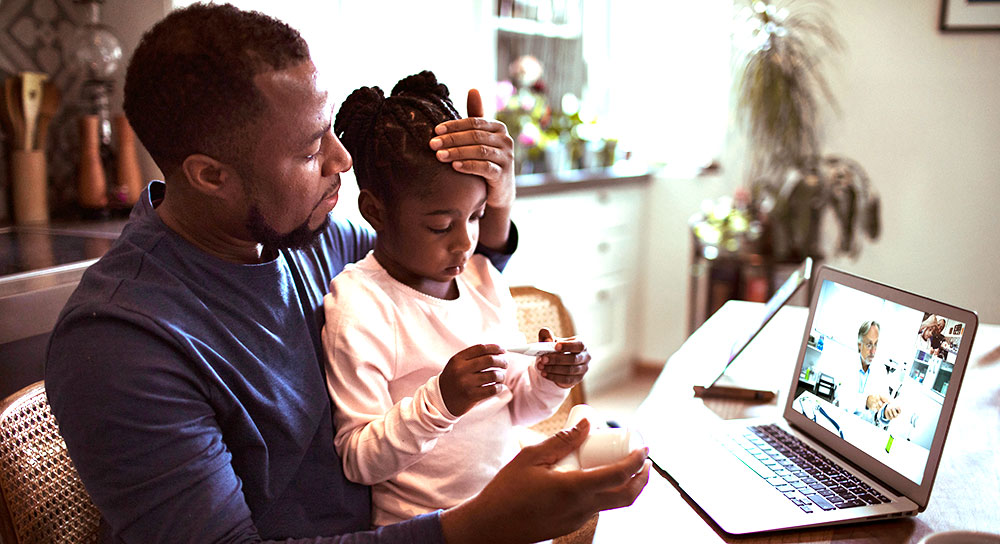The mental health crisis was growing.
Three Clovis West High School boys took their own lives during the first few months of the 2016-2017 school year. Within a few months another Clovis Unified School District teen committed suicide. And the number of students being transported from CUSD schools to mental health facilities for observation had jumped nearly 350% from the previous year.
During that time, Fresno County had the second highest suicide rate in California among those under 21, behind Tulare County.
“In addition to the tragic loss of three Clovis West students … we also experienced some of the worst episodes of cutting and other self-harm that we have ever seen on our campuses,” Kelly Avants, CUSD’s chief communication officer, said of the 2016-2017 school year.
Many Fresno County teens in crisis end up at Community Medical Centers. In 2017 nearly 850 teens were placed on three-day 5150 involuntary mental health holds or 24-hour observation in Community’s emergency departments because they were found to be a danger to themselves or others.
Faced with a dramatic increase of students identified as “at risk,” the community pulled together to address the crisis. Community, the Foundation for Clovis Schools and CUSD worked together to quickly boost the number of mental health resources and interventions in schools. And one grieving CUSD mother enlisted friends to stand on street corners and take to social media to urge teens to talk about their pain instead of taking the step her son had.
Two years later those efforts are making a difference.
Dramatic drop in teens being hospitalized
Last school year, CUSD district transported 53% fewer students to the hospital for a 5150 or other type of mental health hold. Where once Clovis schools were dealing with an average of one to two students a day needing medical intervention for mental or emotional crisis, this school year it’s down to about 3 students a week. And Community’s two emergency departments experienced a 29% drop in all types of pediatric mental health holds — down to 611 in 2019.
Since the crisis of 2016, Community has helped fund CUSD’s training for more than 2,200 CUSD teachers and non-classroom employees on suicide risks and how to intervene with children experiencing depression, anxiety and trauma. Everyone, from bus drivers to cafeteria staff and after school childcare providers, learn how to do initial interventions with students. Counselors and school psychologists get two-day intensive prevention, intervention and evaluation trainings.
This school year, CUSD increased training to better support LGBTQ students and students who are homeless, in group homes or in foster care, said Avants. Extra funding from Community also helped the district get a grant to increase counselors and nurses at every school site and hire more psychologists, to bring the count to 70.
During the coronavirus crisis, while schools have been closed, CUSD had made mental health resources available to families online through videos on handling anxiety and how to talk to young children about the virus, and through contacts with counselors. Counselors also are reaching out proactively by phone to students at risk and have student support groups by online video chats, said Avants.
The funding for these was part of community benefit outreach Community does annually as a non-profit hospital system and the Valley’s safety net healthcare provider. Last year, Community invested $174 million, about 11% of its operations budget, on such outreach, medical training, public education and unreimbursed and charity care.
Community benefit work focuses on key local health needs and challenges. Mental health is among top health concerns for residents in Fresno, Kings, Madera and Tulare Counties in a recent Community Health Needs Assessment. The Valley suffers from a shortage of psychiatrists, psychologists, therapists and inpatient mental health beds.
New since 2016 at CUSD is a program to help students returning to school following a mental health hold. The Student Transition and Re-entry (STAR) process is designed to partner families and the school to identify a specific support system for students returning to school from a mental health hold. “This is also seeing great results,” said Avants. “This process is being accessed hundreds of times over the school year to ensure students are supported as they transition back to a school environment.”
More talk about suicide helps
Besides providing more resources, the public can help by just talking more about suicide, said Kristine Bernardoni, a nurse at Community who found her 16-year-old son Trevor dying from a self-inflicted gunshot wound in November 2016. He was a Clovis West football player who excelled academically.
“I was a 15-year veteran ER nurse, and we saw kids coming in all the time thinking they didn’t matter… We needed a way to show them they did matter,” Bernardoni said.
She now shows teens they do matter by standing out in front of local high schools with public declarations: “So we started making signs that say ‘You matter,’ ‘You’re important!’ ‘Please stay,’ ‘Hug like Trevor,’ ‘Tell someone.’ My son told somebody, but they didn’t know what to do once they were told. So, our message of ‘Hug like Trevor’ was getting the word out on what to do.”
Between her efforts and greater awareness in the schools, Bernardoni said she knows of 50 Valley teens who have opened up to school officials or their family about their suicidal feelings and gotten help.
Avants confirmed more students are talking: “We continue to see that students considering suicide are less prone to reach out to an adult, but they are reaching out to their friends and other students who then connect with adults to find support for their friends. Because of work we are doing on our campuses, our young people are better equipped to respond when they hear that a friend is struggling, and our staff is also better prepared to respond and connect students to the help they need through our suicide prevention liaisons. There is no perfect answer, but together we are making critical progress.”
A recent survey of CUSD’s fourth through 12th-grade students found that 92% agree their school is a welcoming place, according to Avants. “From providing social-emotional wellness curriculum for our teachers, to the implementation of innovative approaches for students’ overall wellness, these strategies foster emotional wellbeing on our campuses,” she said.
Now suicide prevention programs are required in California
A new state law requires schools to have mental health intervention and suicide prevention programs for seventh through 12th grades.
Adolescents experiencing depression and anxiety are more likely to miss school days, have decreased academic performance and are at higher risk of using alcohol and drugs. They’re also at increased risk for suicide. The California Health Care Foundation found that nearly 7.6% of the state’s children 17 and under suffer from serious emotional disturbance, and in the San Joaquin Valley it’s nearly 9%.
With Community’s continued support, CUSD continues to train teachers and provide resources for parents. The school district has gone farther than many local districts to bring in special guest speakers on topics like substance abuse and how parents can spot depression. CUSD Parent Academies are helping educate parents and reduce the stigma of mental illness, said Avants. CUSD has plans to get the word out further with wellness and health fairs for the community at each district high school.
“The partnership with CMC and the work of our comprehensive wellness team has been revolutionary for our kids and families,” said Avants.
Helpline and online information sources for young adult mental health
For information and resources addressing adolescent and young adult mental health, visit the Society for Adolescent Health and Medicine. The National Suicide Prevention Lifeline provides free and confidential support 24 hours a day, seven days a week. Contact the Lifeline at 1-800-273-8255. The Central Valley Suicide Prevention Hotline is 888-506-5991.
Take a few minutes to watch one of these MedWatch Today interviews with our physician experts:
How you can tell if your teen is in crisis and how should you talk with them? Dr. Patrick Shea, child/adolescent psychiatrist with UCSF Fresno, has some tips.
Dr. Jasmine Singh, a family medicine physician with Community Regional Medical Center, discusses how too much screen time can lead to depression and anxiety for children.
Learn how to recognize depression and anxiety and find ways to cope from Dr. Jasmine Singh with Community Regional.
Read more about how Community is working to create a healthier community.






